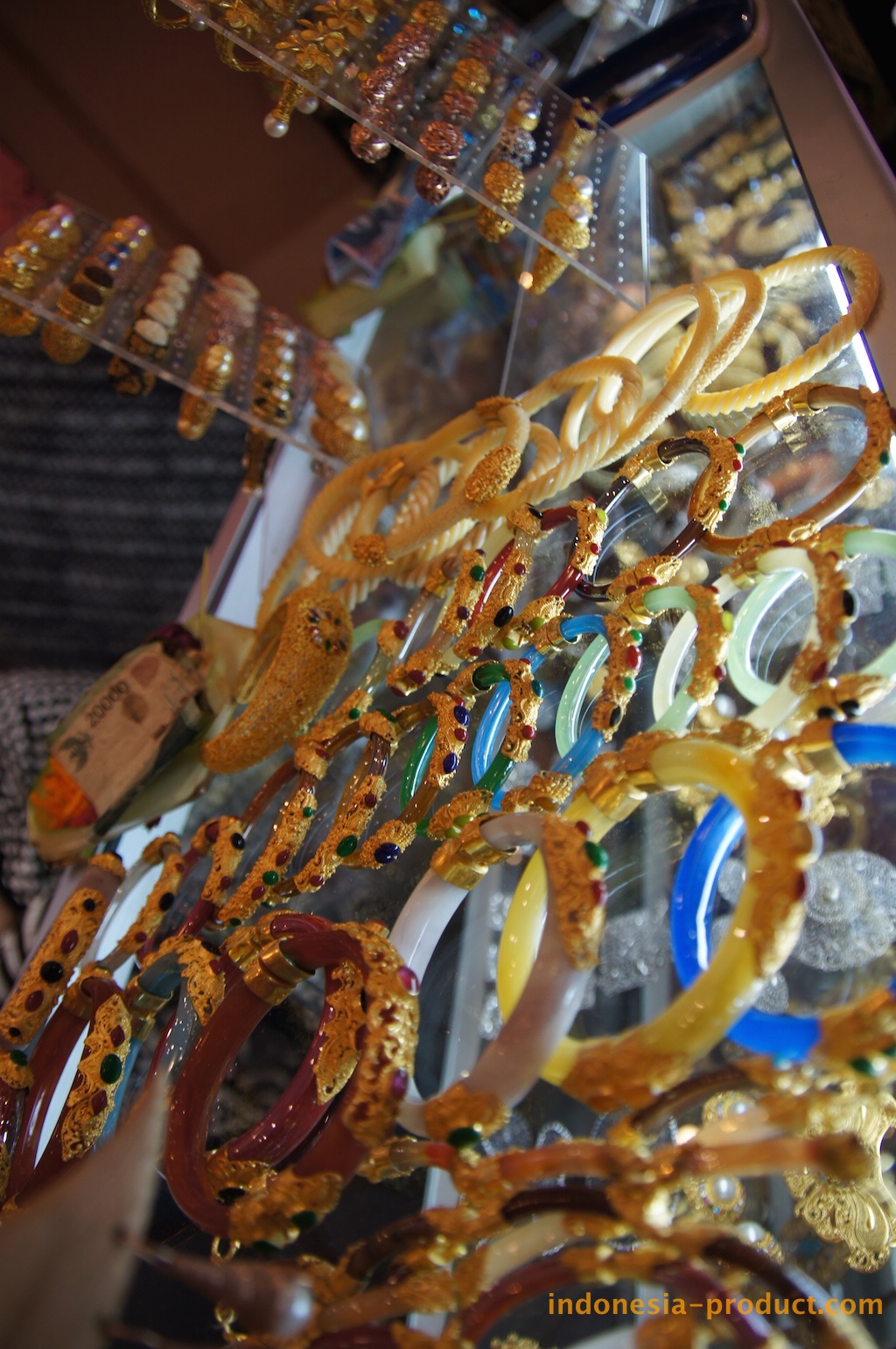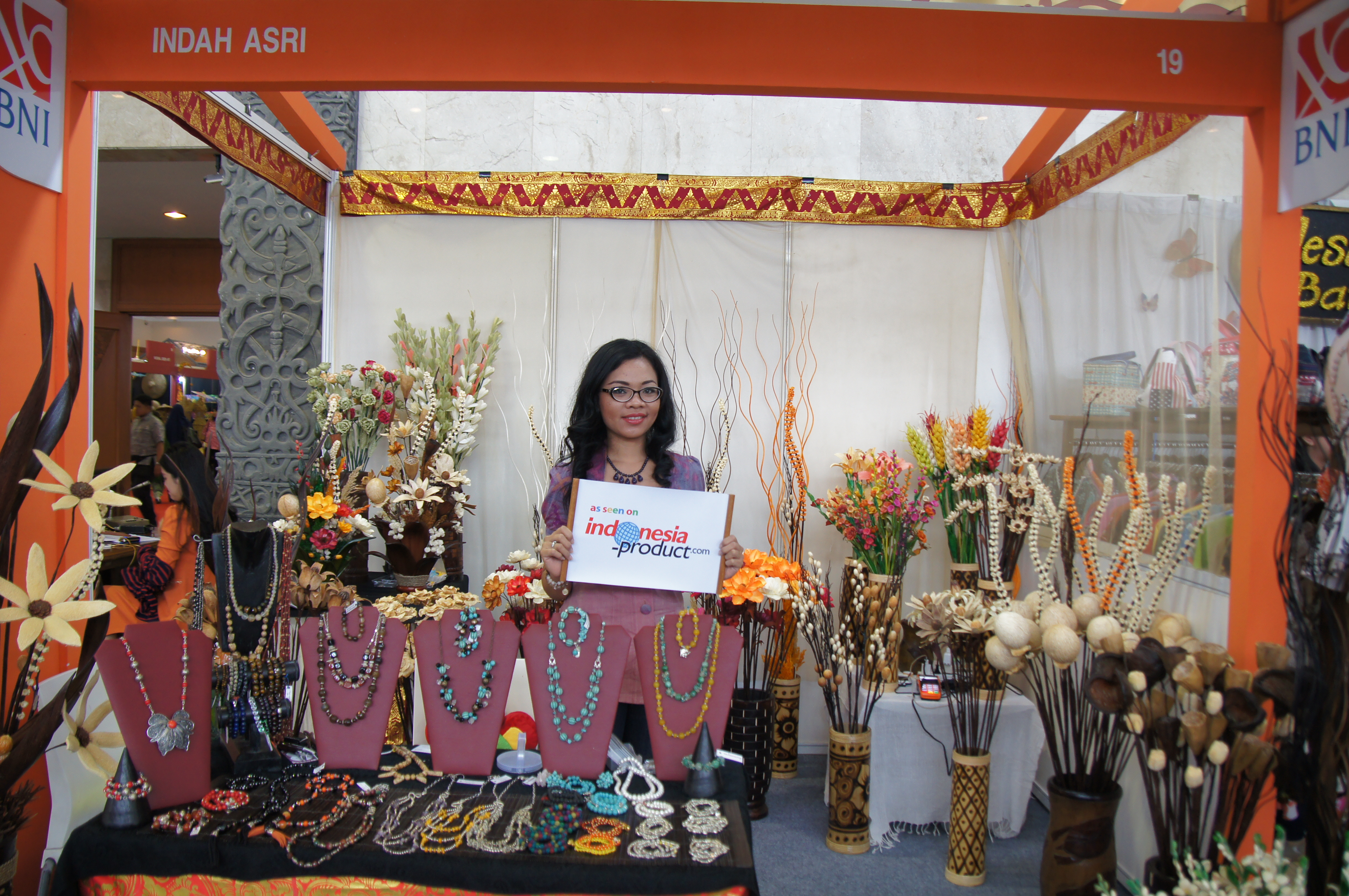Even the ultra-rich are delaying purchases as holidays approach
This holiday season, women may be more likely to wind up with a partridge in a pear tree than five gold rings.
As the luxury jewelry market loses its luster, jewelers are looking toward the crucial holiday season with trepidation.
Demand for jewelry has waned as consumers put their income toward the high cost of food and fuel. A wobbly labor market and tighter credit also have Americans wondering how they’re going to finance expensive gift purchases.
Analysts say everyone appears to be cutting back — not just the aspirational customers, who dabble here and there in high-end brands. Even the affluent, who used to drop hundreds or thousands of dollars in a single shopping spree, are becoming more frugal.
Marie Driscoll, an equity analyst with Standard & Poor’s, said the luxury market is slowing because wealthy shoppers are feeling the pinch of a weak economy but don’t want to buy cheaper brands.
“People that shop luxury, who demand a certain brand, they just don’t trade down,” she said. “They simply do without until they feel comfortable to purchase again. Women who wear Prada and Chanel shoes — I don’t see them trading down to Cole Haan, even though it’s a great brand.”
While Tiffany & Co.’s second-quarter profit doubled on sales in Asia and Europe, the high-end retailer warned of softness in the U.S. in sales of items priced above $50,000.
While analysts think people used to luxury shopping won’t give up their preferred brands, the more aspirational shopper might be willing to compromise by purchasing slightly less expensive jewelry.
“A banker who might have paid $40,000 for a ring is now only spending $10,000,” said Gem Sezgin, an employee at Ultimate Jewelry Designs in New York. “When the economy goes down, the first thing that gets hit is luxury. We’re not expecting a good Christmas.”
Sezgin won’t know for sure what the holiday holds until right after Thanksgiving, when sales typically ramp up.
“We’re trying our best, but when it rains, it rains everywhere,” Sezgin said.
Last December, sales of jewelry softened from a year earlier. Jewelers recorded $6.5 million in sales, down from $6.7 million during the year-ago month, according to statistics from the Commerce Department.
Jewelers typically have looked abroad to offset domestic weakness, and in recent years overseas tourists have flocked to the U.S. in search of holiday season bargains. But an economic slowdown in Europe and a stronger U.S. dollar may prove that strategy ineffective.
That doesn’t bode well for Tiffany’s, in particular, which saw sales boosted last year by European travelers heading to the Big Apple.
“They’re not going to get the benefit they got last year,” Driscoll said.
Jewelers also are hoping sales of engagement rings hold steady during the holiday season. While a weak economy isn’t likely to stop couples from getting engaged, it may dampen how much a suitor can spend if credit markets remain tight.
Online jeweler Blue Nile, whose biggest market is the U.S., has seen this affect its business. Chief Executive Diane Irvine said some customers are pulling back on high-ticket items, partly because it has become more difficult to access credit.
Specifically, Irvine said sales of the site’s most expensive items, those between $5,000 and $20,000, have been soft.
“Certainly, this is a more difficult environment, especially for our engagement business. The freeze-up in the credit markets has played a role. We have a fair percentage of consumers who need to access credit,” Irvine said.
Source: http://www.indystar.com/article





